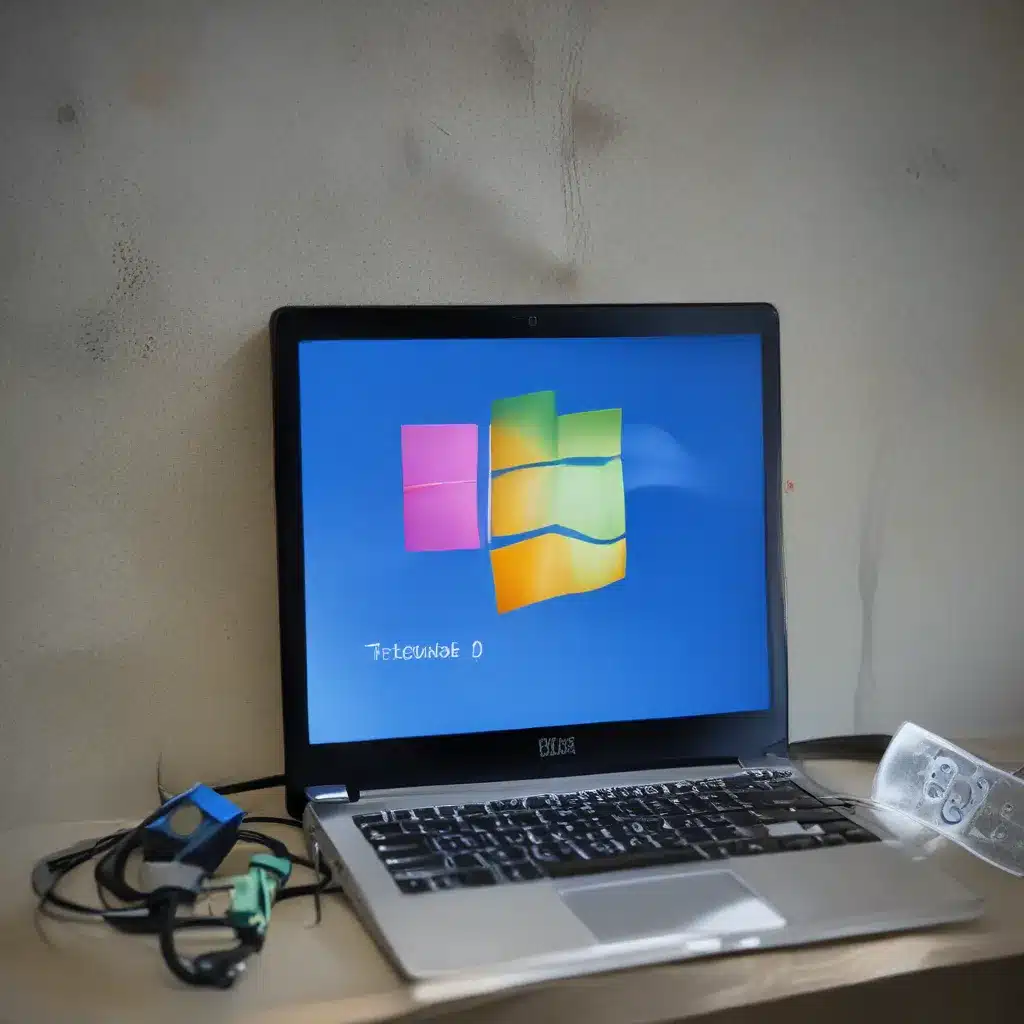
Troubleshoot your Internet with Windows 10 Network Tools
Have you ever found yourself in a frustrating situation where your computer is unable to connect to the internet, while everything else in your home seems to be working just fine? Don’t worry, you’re not alone. In fact, I’ve been there more times than I can count. As a long-time computer repair technician in the UK, I’ve seen my fair share of internet connectivity issues, and I’m here to share some of the best tips and tricks to help you get back online using the powerful network tools built into Windows 10.
Unraveling the Mystery: Why Can’t I Connect to the Internet?
It can be maddening when your computer is the only device in the house that can’t seem to access the World Wide Web. You’ve checked the router, the cables, and even rebooted everything, but still, no luck. What’s the deal? Well, my friend, the culprit could be a number of things – from a faulty network adapter to a pesky malware infection. That’s where the Windows 10 network diagnostics tools come into play.
Diving into Windows 10 Network Tools
Windows 10 is packed with a robust suite of network troubleshooting tools that can help you identify and resolve a wide range of internet connectivity issues. Let’s take a closer look at some of the most powerful ones:
Network Troubleshooter
The Network Troubleshooter is your first line of defense when it comes to diagnosing internet problems. This nifty tool can automatically detect and fix common network-related issues, such as incorrect IP settings or a malfunctioning network adapter. To access the Network Troubleshooter, simply type “troubleshoot network” in the Windows search bar and follow the on-screen instructions.
Network Connection Troubleshooter
If the Network Troubleshooter doesn’t do the trick, the Network Connection Troubleshooter might be your next best bet. This tool dives deeper into the specifics of your network connection, checking for things like DNS issues, proxy settings, and even potential conflicts with other network-related software. You can find the Network Connection Troubleshooter by searching for “troubleshoot network connection” in the Windows search bar.
Network Diagnostics
For a more in-depth analysis of your network, the Windows 10 Network Diagnostics tool is the way to go. This comprehensive utility can perform a wide range of tests, including checks for network adapter issues, DNS problems, and even potential firewall conflicts. To access Network Diagnostics, simply type “network diagnostics” in the Windows search bar and let the tool work its magic.
Command Prompt and PowerShell
If you’re feeling a bit more adventurous, you can also use the good old Command Prompt and PowerShell to dig deeper into your network issues. Commands like “ipconfig,” “ping,” and “tracert” can provide valuable insights into the health of your network connection, and can even help you identify specific problem areas.
Putting it All Together: A Step-by-Step Troubleshooting Guide
Now that you’re familiar with some of the top Windows 10 network tools, let’s put them to the test. Here’s a step-by-step guide to help you troubleshoot your internet connectivity issues:
-
Run the Network Troubleshooter: Start by launching the Network Troubleshooter and letting it work its magic. This quick and easy tool can often resolve common network problems with just a few clicks.
-
Check the Network Connection Troubleshooter: If the Network Troubleshooter doesn’t do the trick, dive a little deeper with the Network Connection Troubleshooter. This tool can help you identify more specific issues with your network settings or configuration.
-
Utilize Network Diagnostics: For a comprehensive analysis of your network, run the Windows 10 Network Diagnostics tool. This powerful utility can uncover a wide range of network-related problems, from hardware issues to software conflicts.
-
Explore the Command Prompt and PowerShell: If you’re feeling adventurous, try using the Command Prompt and PowerShell to run more advanced network diagnostics. Commands like “ipconfig,” “ping,” and “tracert” can provide valuable insights into the health of your network connection.
-
Don’t Forget to Check Your Router: While the Windows 10 network tools are incredibly powerful, they’re only part of the equation. Make sure to also check your router’s settings and configuration to ensure that it’s not causing any issues with your internet connection.
Remember, troubleshooting network problems can be a bit of a treasure hunt, but with the right tools and a little bit of persistence, you can almost always track down the root cause of your internet woes. And if all else fails, don’t hesitate to reach out to the team at ITFix – we’re always here to help!












